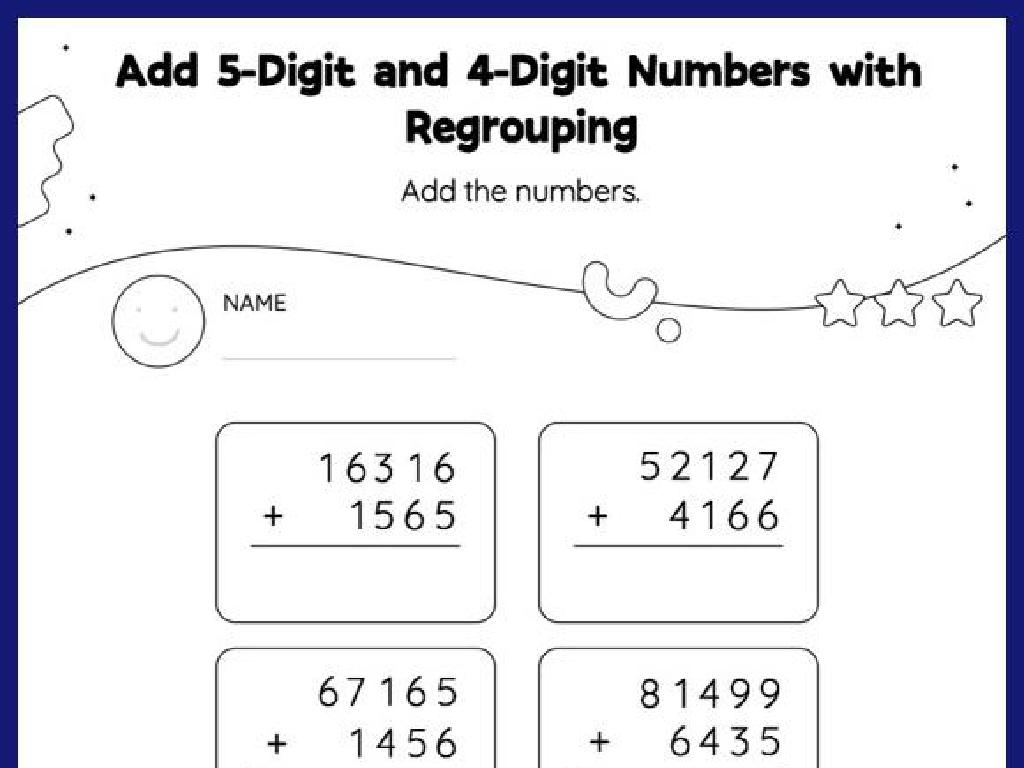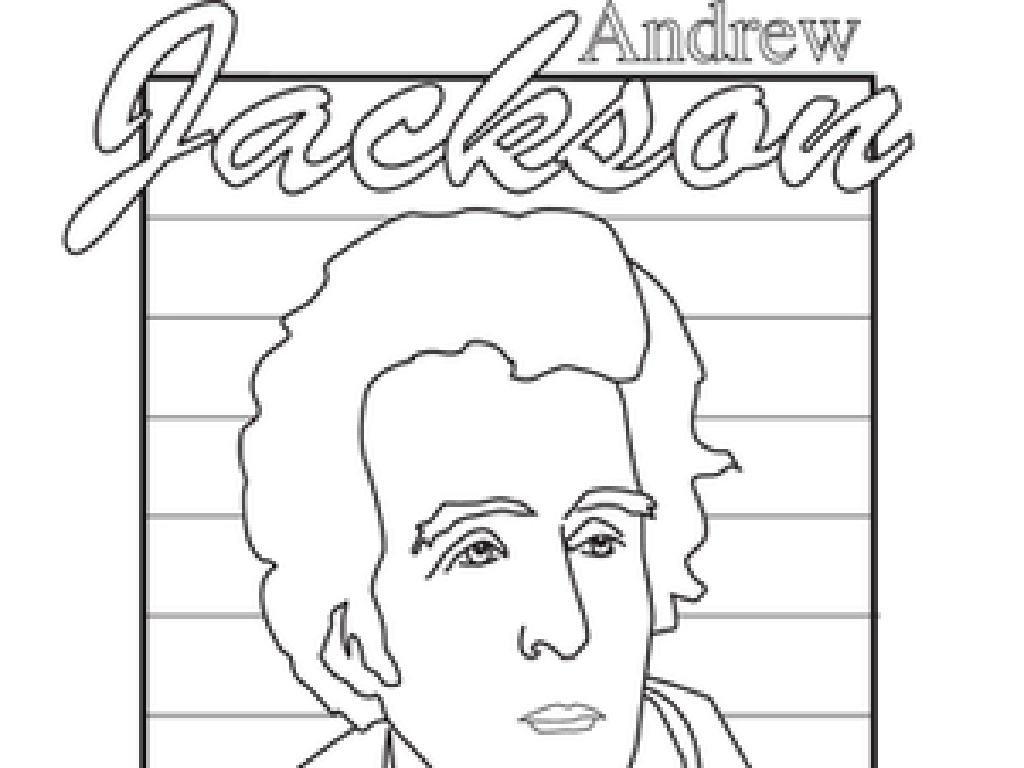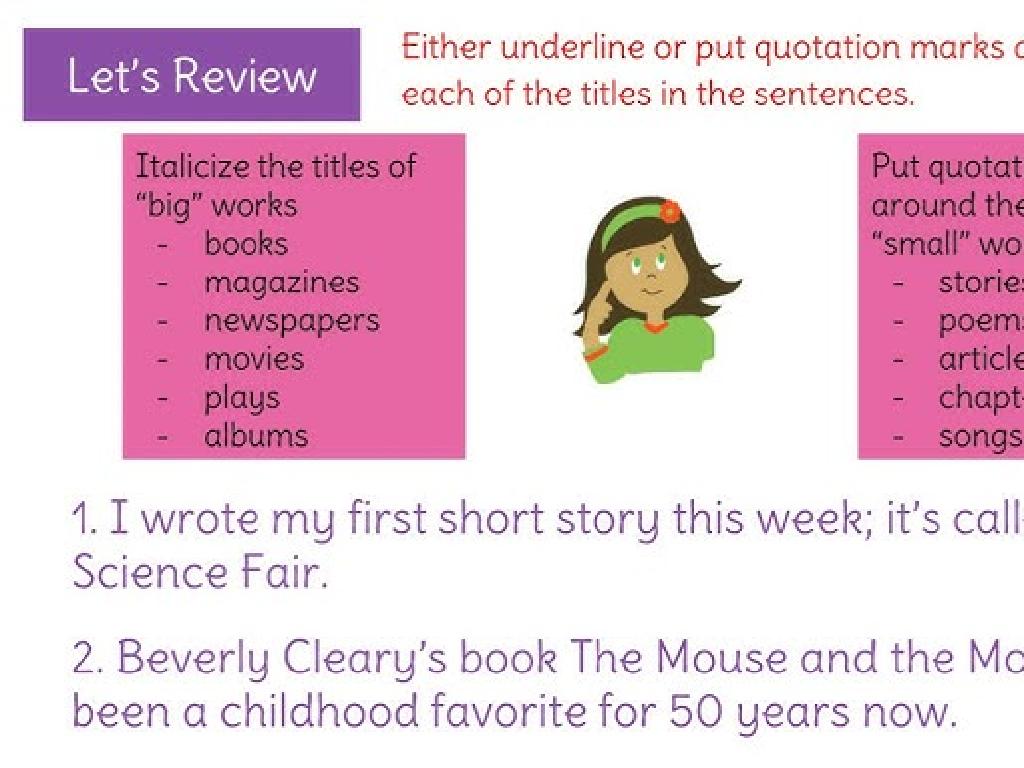Use Adverbs To Compare
Subject: Language arts
Grade: Fifth grade
Topic: Adjectives And Adverbs
Please LOG IN to download the presentation. Access is available to registered users only.
View More Content
Introduction to Adverbs
– Understanding adverbs
– Adverbs describe how, when, where, and to what extent.
– Adverbs modify verbs and more
– They add detail to verbs, adjectives, and other adverbs.
– Adverbs in action
– For example: ‘He ran quickly,’ ‘She spoke very clearly.’
– Comparing with adverbs
– Use adverbs to show comparison, like ‘faster’ or ‘more clearly’.
|
This slide introduces the concept of adverbs to the students, explaining their role in a sentence and how they are used to modify verbs, adjectives, and other adverbs. Provide clear definitions and examples to illustrate the use of adverbs in sentences. Emphasize the different questions that adverbs can answer: how (manner), when (time), where (place), and to what extent (degree). Show how adverbs can be used to compare actions or qualities by using comparative and superlative forms. Encourage students to think of their own examples and to be prepared to identify adverbs in sentences during class activities.
Comparing with Adverbs
– Understanding comparison
– Comparing means examining differences and similarities.
– Adverbs in comparison
– Adverbs modify verbs and can show who did something better or best.
– Comparative adverbs
– Comparative adverbs compare two actions (e.g., ‘She runs faster than him.’)
– Superlative adverbs
– Superlative adverbs compare three or more actions (e.g., ‘She runs the fastest in her class.’)
|
This slide introduces the concept of comparison and how adverbs play a role in it. Start by explaining what it means to compare things looking at how they are alike and different. Then, move on to adverbs, which are words that describe verbs, adjectives, or other adverbs. Highlight how adverbs can be used to show comparison by using comparative adverbs to compare two things (adding ‘-er’ or using ‘more’) and superlative adverbs to compare three or more things (adding ‘-est’ or using ‘most’). Provide examples for each and encourage students to think of their own examples. This will help them understand how to use adverbs to compare actions in different situations.
Forming Comparative Adverbs
– Add ‘-er’ to compare two things
– Quickly becomes quicker when comparing speed
– Use ‘more’ for non ‘-ly’ adverbs
– Use ‘more’ with adverbs like ‘often’ to compare frequency
– Learn irregular adverbs rules
– ‘Well’ becomes ‘better’, ‘badly’ becomes ‘worse’
– Practice with examples
|
This slide introduces students to the concept of forming comparative adverbs. When comparing two things, we often add ‘-er’ to the end of the adverb, such as ‘quick’ becoming ‘quicker’. However, for adverbs that do not end in ‘-ly’, like ‘often’, we use ‘more’ to compare (e.g., ‘more often’). There are also irregular adverbs that do not follow these rules, such as ‘well’ which becomes ‘better’ when comparing. Encourage students to practice by writing sentences using both regular and irregular comparative adverbs. Provide examples and create exercises where students can apply these rules to reinforce their understanding.
Forming Superlative Adverbs
– Add ‘-est’ to short adverbs
– Fastest, highest for comparing more than two
– Use ‘most’ for ‘-ly’ adverbs
– Most happily, most easily for adverbs ending in ‘-ly’
– Learn irregular adverb rules
– Best, worst, least are irregular forms
– Practice with examples
|
This slide introduces students to the concept of forming superlative adverbs, which are used to compare three or more things. Teach students to add ‘-est’ to short adverbs without ‘-ly’ to make them superlative. For adverbs ending in ‘-ly’, use ‘most’ to form the superlative. Highlight irregular adverbs that don’t follow these rules, such as ‘best’ from ‘well’, ‘worst’ from ‘badly’, and ‘least’. Provide ample examples and create exercises where students can practice forming superlative adverbs from positive and comparative forms. Encourage students to use these in sentences to understand their usage better.
Adverbs: Comparative and Superlative Forms
– Identify adverbs in sentences
– Find words that describe how, when, where, or to what extent an action is performed.
– Change adverbs to comparative form
– Add ‘-er’ to the adverb or use ‘more’ before it to compare two actions.
– Change adverbs to superlative form
– Add ‘-est’ to the adverb or use ‘most’ before it to compare more than two actions.
– Craft sentences with new forms
– Use your imagination to write sentences using the comparative and superlative adverbs you’ve formed.
|
This slide is aimed at helping students understand and practice using adverbs in their comparative and superlative forms. Begin by explaining that adverbs modify verbs, adjectives, and other adverbs, often ending in ‘-ly’. Illustrate with examples: ‘quickly’ becomes ‘more quickly’ or ‘quickest’. Encourage students to identify adverbs in provided sentences and then transform them into their comparative and superlative forms. Finally, have students create their own sentences to apply what they’ve learned. This exercise will enhance their understanding of adverb usage and how it can change the meaning of a sentence.
Class Activity: Adverb Charades
– Divide into small groups
– Receive cards with adverbs
– Act out the adverbs
– One student mimes the adverb for others to guess
– Guess and form comparatives
– Think of ‘quickly’ and ‘more quickly’, or ‘fast’ and ‘fastest’
|
This interactive class activity is designed to help students understand and practice using adverbs in their comparative and superlative forms. By dividing the class into small groups, students can engage more actively. Each group will receive a set of cards with adverbs. One student from each group will act out the meaning of an adverb without speaking, while the other group members try to guess the adverb. Once guessed, the group will then work together to form the comparative or superlative form of the adverb. For example, if the adverb is ‘quickly’, the comparative is ‘more quickly’, and the superlative is ‘most quickly’. This activity encourages teamwork, critical thinking, and reinforces the lesson on adverbs in a fun and memorable way. Prepare a list of adverbs suitable for the activity, ensuring a mix of regular and irregular forms. Also, consider preparing a demonstration to show how the game is played.
Wrapping Up: Adverbs in Comparison
– Recap on adverbs and comparison
– Homework: Craft 10 sentences
– Create sentences with adverbs like ‘faster’ or ‘most happily’
– Use comparative and superlative adverbs
– Comparative adverbs compare two things, superlative adverbs compare three or more
– Share your sentences next class
|
As we conclude today’s lesson, remind students of the key points about how adverbs can be used to compare actions or qualities. For homework, they should write 10 original sentences that use comparative adverbs (e.g., ‘She ran faster than her brother’) and superlative adverbs (e.g., ‘He jumped the highest of all’). This exercise will help reinforce their understanding of the material covered in class. In the next session, students will have the opportunity to share their sentences, allowing them to learn from each other’s examples and further solidify their grasp of comparative and superlative adverbs.






